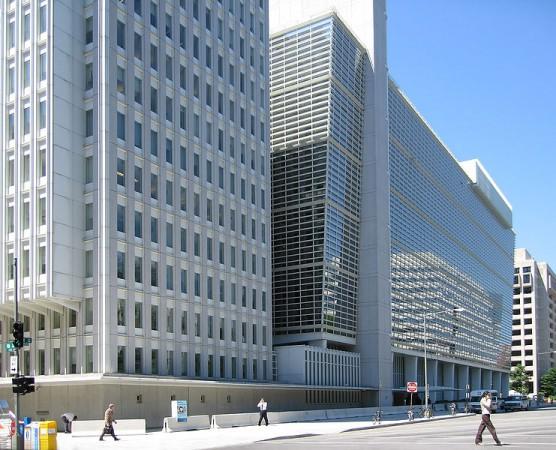
The World Bank has said that despite the Indian economy's potential to touch 7.3 percent growth in 2018-19 – higher than the country's own official estimate of 7.2 percent – there will be turbulence in areas like international trade and manufacturing.
Though the bank has kept India's gross domestic product (GDP ) growth projection at 7.5 percent for 2019-20 in its latest Global Economic Prospects report, it has cut global forecasts by 0.1 percentage points for both 2018 and 2019.
The global growth performance might still be robust, the bank said. "But what we see happening are troubling signs in terms of international trade and manufacturing," Kristalina Georgieva, World Bank CEO, has said.
Georgieva underscores the urgency for the emerging markets and developing economies to get ready to cope with possible turbulence and to build fiscal and monetary space, to create policy buffers, she said in a conference call with journalists.
From the bank's perspective, this was critical for investing in human capital, lowering barriers to higher investments, and boosting positivity to make sure that they are integrated in the world economy in a way that helps them to expand and grow, Georgieva said, batting for accelerated economic reforms.
"They are softening and, on that background, we face two risks that are likely to persist throughout the year. One, trade tensions and two, financial strength in large emerging markets and developing economies."
Georgieva will also serve as the interim president of the multilateral lender after Jim Yong Kim departs on February 1.
India will remain the world's fastest-growing large economy as the immediate competitor China is projected to grow at 6.5 percent in 2018 and 6.2 percent in 2019. But the risks of higher inflation from unstable rupee and oil shock cannot be ruled out.
Estimates show India's growth has accelerated, driven by an upswing in consumption, and investment growth has firmed. However, rising interest rates and currency volatility are weighing on the economy, the bank warned.
The report says the growth rates mainly reflects India's strengthening of domestic demand as the benefits of structural reforms such as GST harmonisation and bank recapitalisation take effect.
"While investment continued to strengthen amid the GST (goods and services tax) harmonisation and a rebound of credit growth, consumption remained the major contributor to growth," it said.
It also said global poverty rates remained the highest among low-income countries, but the majority of extremely poor currently reside in large lower-middle-income countries, including India and Nigeria.














